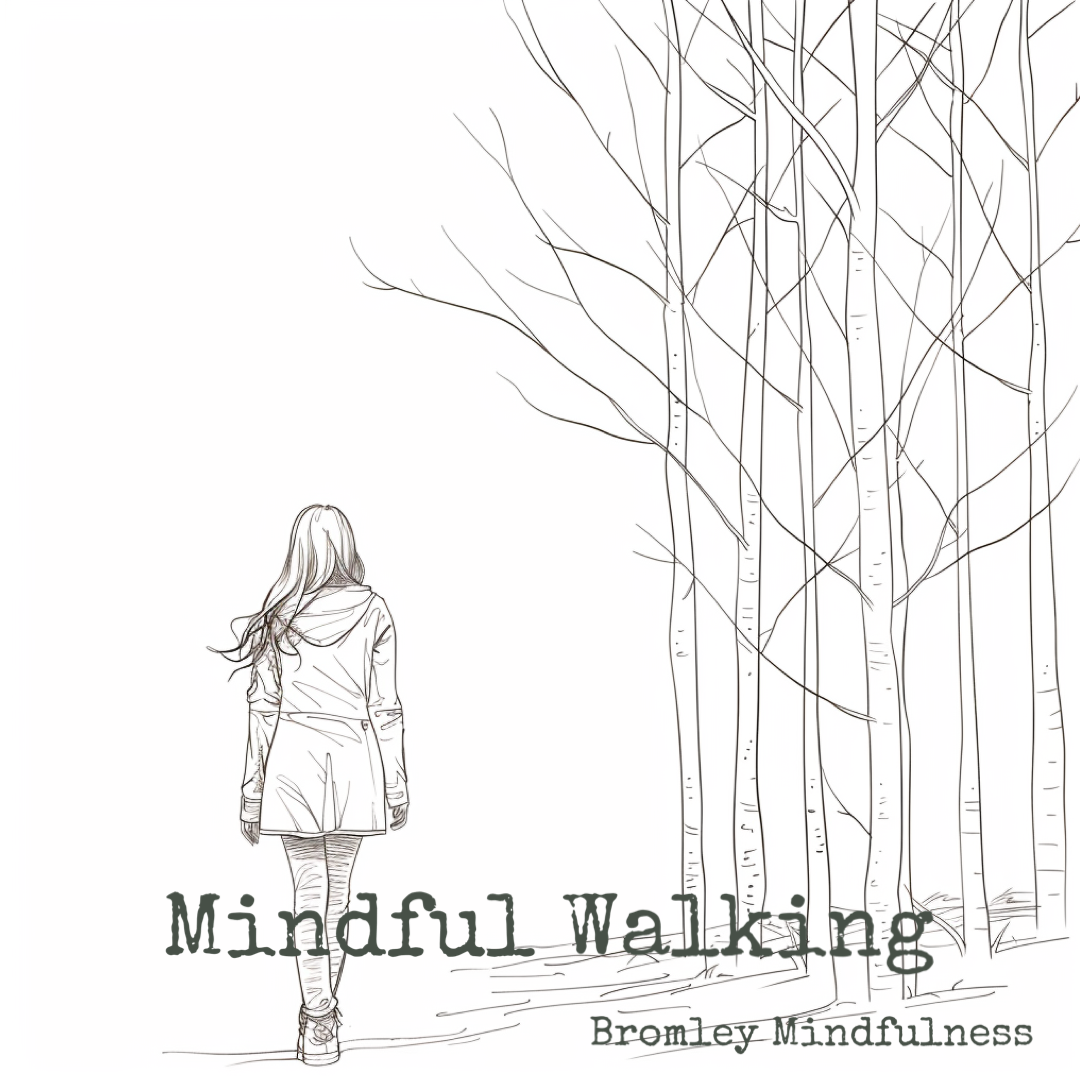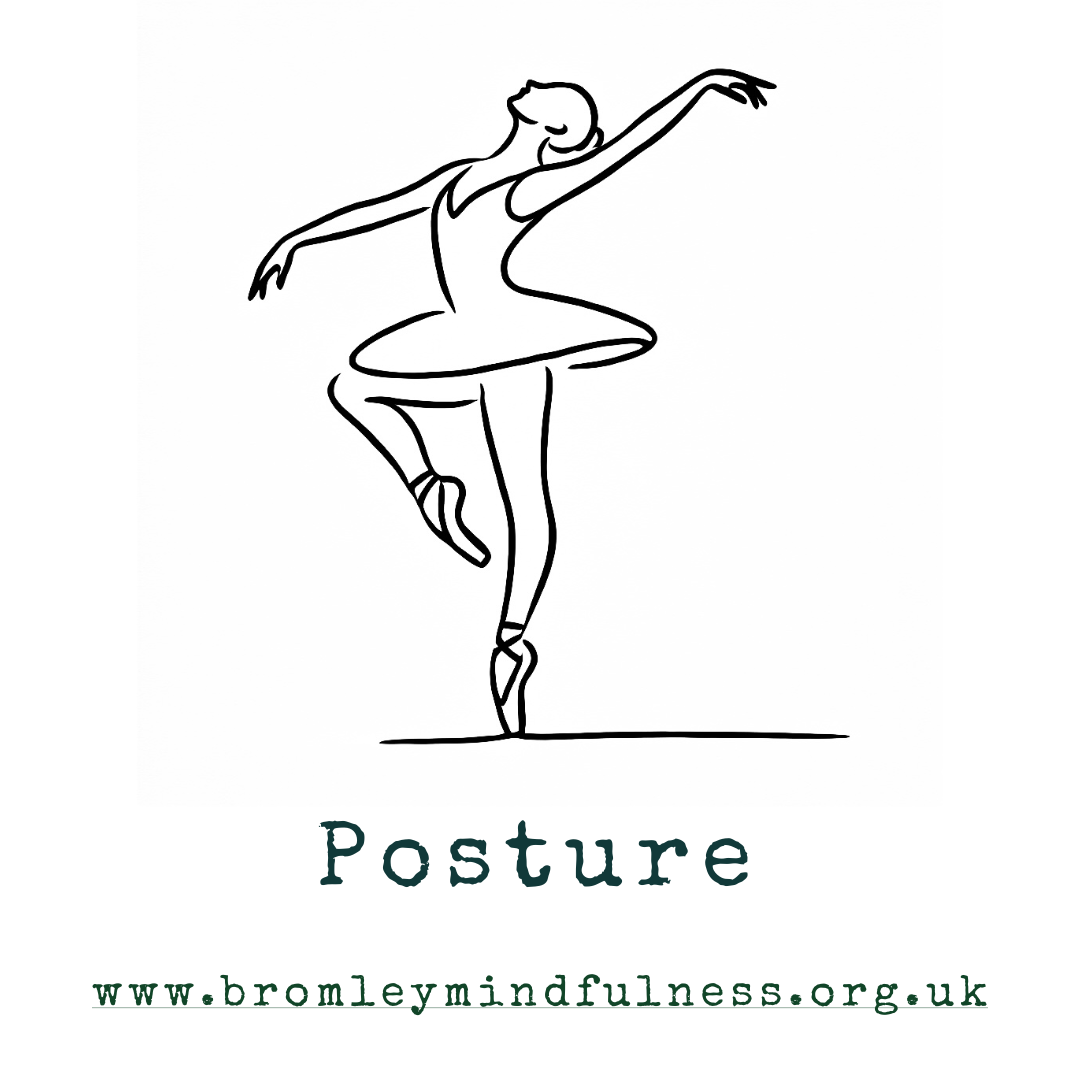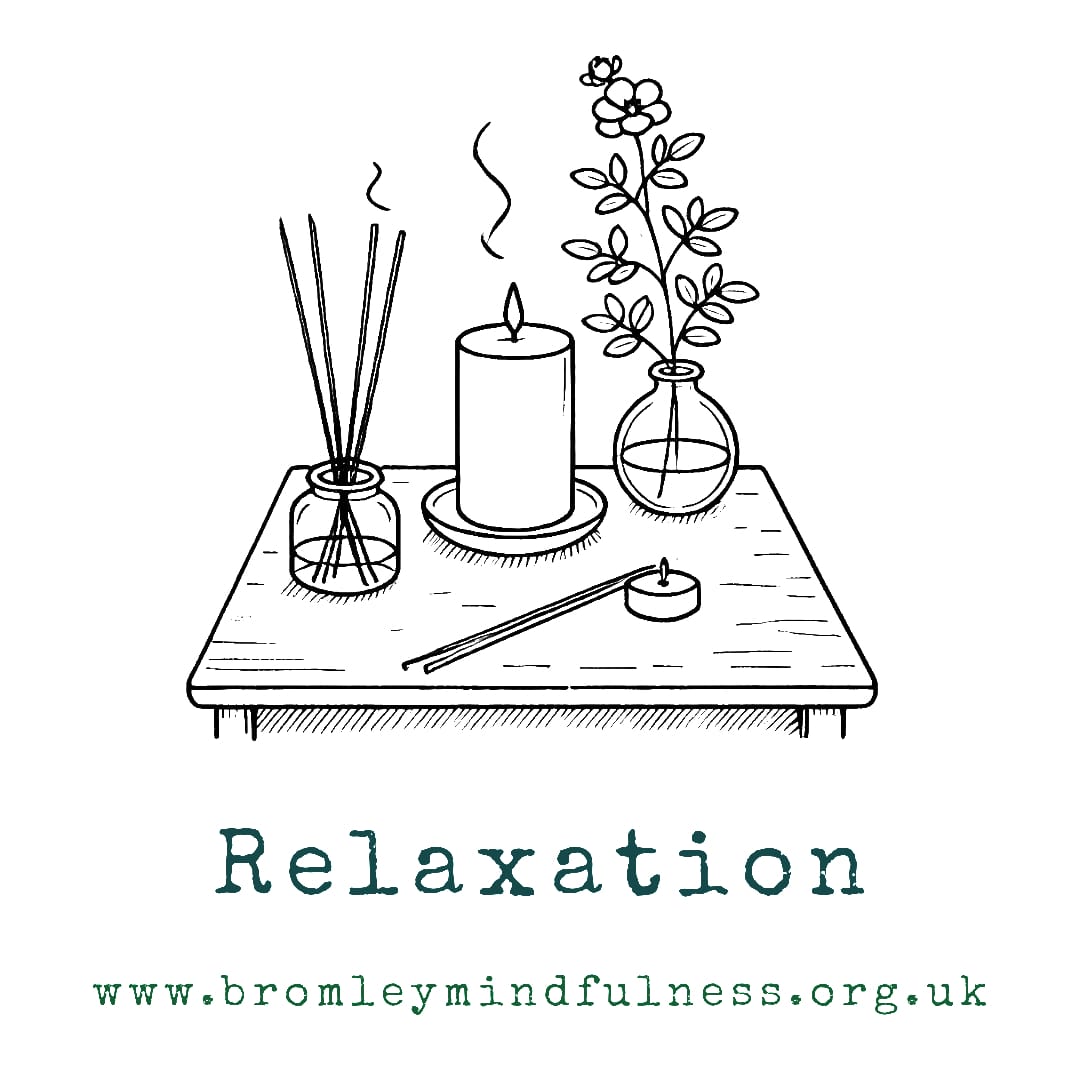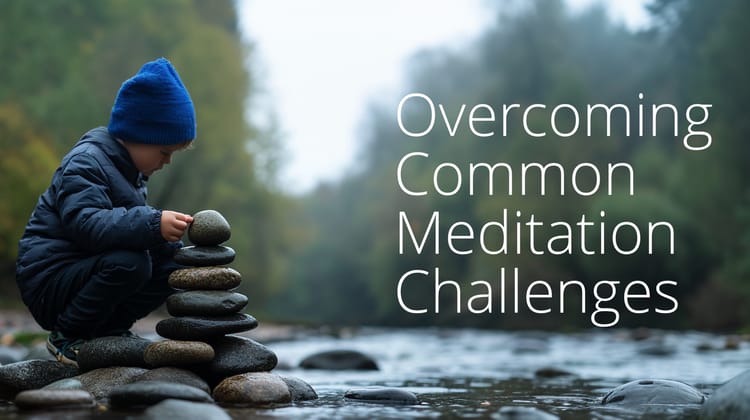Weekly Insights - July 28

Hi everyone,
Here is a roundup of the insights I posted on social media this week.
You can view future insights on your favorite social media platform by following my pages. The links are at the bottom of the page.

Walking Meditation and Mindful Walking
It's a myth that you must sit cross-legged at home in the mornings to meditate. Sitting is useful but not essential. Walking meditation and mindful walking will give you everything you need to grow your mindfulness. And all as you go about daily errands and chores.
So long as you can focus on a single point in time or space, you can meditate on it.
WALKING AND FOCUSING ON THE BREATH
For example, there is no difference between focusing on the breath as you walk and focusing on the breath as you sit. The breath is a single continuous point in space and time that you can focus on to practice mindfulness meditation.
The practice is exactly the same as following the breath when you sit:
- Focus on the breath in the belly as you walk.
- You become distracted, or your mind wanders.
- You notice.
- You return your attention to the breath in the belly and repeat.
FOCUSING ON FEET SENSATIONS
It's the same if you're focusing on the sensation of your feet on the ground as you walk:
- Focus your attention on the sensation of the feet on the ground.
- Your mind wanders, or you become distracted.
- You notice.
- You return your attention to the sensation of the feet on the ground and repeat.
THE MOMENT OF RECOGNITION
The most important thing to remember is what you're practising. You are repeating the experience of noticing that your mind has wandered. We call this 'the moment of recognition'. When you meditate, you repeat the moment of recognition. You repeat this until it becomes a habit. Then, as you go through your day, your subconscious will notice that your mind has wandered. As you have trained your subconscious through mindfulness meditation, your subconscious will then intervene in your rumination and return you to the present moment.
THE BENEFITS OF MINDFULNESS
Then, you reconnect to your lived experience and what it consists of. Then, you can use many other tools and skills to improve your life and the lives of your loved ones.
MY RESOURCES FOR WALKING MEDITATION
Visit my resources page, you'll find a link to my popular Guided Mindful Walk Podcast.


Learn how simple changes of posture can change our state for the better
Posture, Stress and Evolution
Because humans have evolved to live in nature, our response to threats and challenges is physical. In nature, most threats and challenges require a physical action.
In the modern world, threats are persistent. We live with constant background threats to our wealth, careers, relationships, jobs, health, and more.
Because we have evolved for nature, our body prepares us to fight, run, or hide. This preparation creates muscular-skeletal tension.
This tension affects our posture. We lean forward, grit our teeth, clench our fists, squint, and frown. We can often identify people's stress by their facial expressions.
An Open, Balanced and Relaxed Posture
Tension accumulates, but we can address it by building a habit of adopting an open, balanced, and relaxed posture.
The Role of Mindfulness
By training yourself to be Present (Mindful), you become aware of your mind and body throughout the day. You will then notice your stress and be able to intervene in it by adopting an open, balanced, and relaxed posture.
Practice - take a few minutes to find an open, balanced and relaxed posture right now.
Breathing
It is useful to create a relaxing breath. To do so, simply make your out-breath ever so slightly audible. This extends the breath without any effort. Maintain this slightly audible extended breath throughout the practice.
- Position Your Elbows
Start by moving your elbows back so they are by your side. This simple move is the key to a balanced posture. Allow the weight of your arms to pull down your shoulders. - Align Your Head
Balance your head as comfortably as possible on top of your spine. If this is tricky, shift your elbows back or forward to adjust your balance. Notice how this movement of the elbows changes how our heads align. In our high-stress culture, we usually lean forward. We then have to lift our heads up using the small muscles at the back of the neck. Balancing the head releases this tension. - Relax Your Shoulders with Breathing
Take a deep breath and allow your shoulders to drop with a long, extended out-breath. Notice your shoulders drop as the tension drifts out of your body. - Ground Yourself
Pay attention to the sensation of your feet flat on the floor. This helps establish a grounded feeling and promotes a sense of stability. If necessary, readjust your elbows again to realign your head. - Set Your Gaze
You can close your eyes or look down past the tip of your nose. This will avoid visual distractions that will draw your attention. - Position Your Tongue and Breathe
Place your tongue gently against the back of your top teeth. Leave it in gentle contact with the sharp part of your bottom teeth. This should be comfortable and will promote deeper breathing. As you breathe out, relax your shoulders. Let the tension in your eyes, face, and neck drift away with your breath. - Adopt the Chin Mudra and Breath Out Your Stress
Place the tips of your first finger and thumb very gently in contact - as gently as possible.
Repeat the extended breaths. This time, focus on the space between your eyes as you breathe in. On the out-breath, picture a scanning sensation moving down your body. It goes through your feet and into the ground.
To listen to the instructions for this practice on my podcast go here:


Relaxation as a Commodity
In our culture, the concept of relaxation is a commercial commodity. If you search for "relaxation" online, you will find holidays or spa days. In reality, relaxation reduces the tension in our skeletal muscles.
Relaxation in Healthcare
Before mindfulness became popular, healthcare used relaxation to help people deal with stress. Sometimes, the stress associated with an illness can create more problems than the illness itself. Healthcare practitioners aimed to help people relax to reduce their physical stress. Techniques like incremental relaxation were popular.
Mindfulness and Relaxation
When mindfulness was adopted in healthcare, it didn't focus on relaxation. The main mindfulness technique of the body scan centered on body awareness, not relaxation. Despite their benefits, incremental relaxation practices were dropped. Being able to relax is an important skill. Learning to relax and reduce tension in your body is important. It is one of the best stress management practices.
Chronic Stress and Relaxation
Chronic stress makes relaxation seem impossible. To counter this, we need to learn techniques like incremental relaxation. When stressed, people often experience a cycle of rumination, physical stress and tension, shallow breathing, and poor posture. Symptoms may include clenched jaws and fists, indicative of increased muscular tension.
Relaxation Is Critical in the Stressful Modern World
Despite its underrated reputation, relaxation has several benefits, especially when focusing on areas like the face, eyes, and jaw and relaxing the hands. Incorporating a focused practice can often trigger relaxation, demonstrating that concentration and relaxation coexist.
Relaxation is critical for improving sleep or rest and reducing stress.
Learn More About Relaxation
To learn more, visit my resources page, where I have posted a link to my Relaxation podcast episode. You can just lay back and listen to it.
Bromley Mindfulness Resources

I hope you found this weekly insight useful.
Do contact me if you have any questions,
Social Media
Follow me using the links below for daily insights.
https://www.facebook.com/BromleyMindfulness/








Comments ()